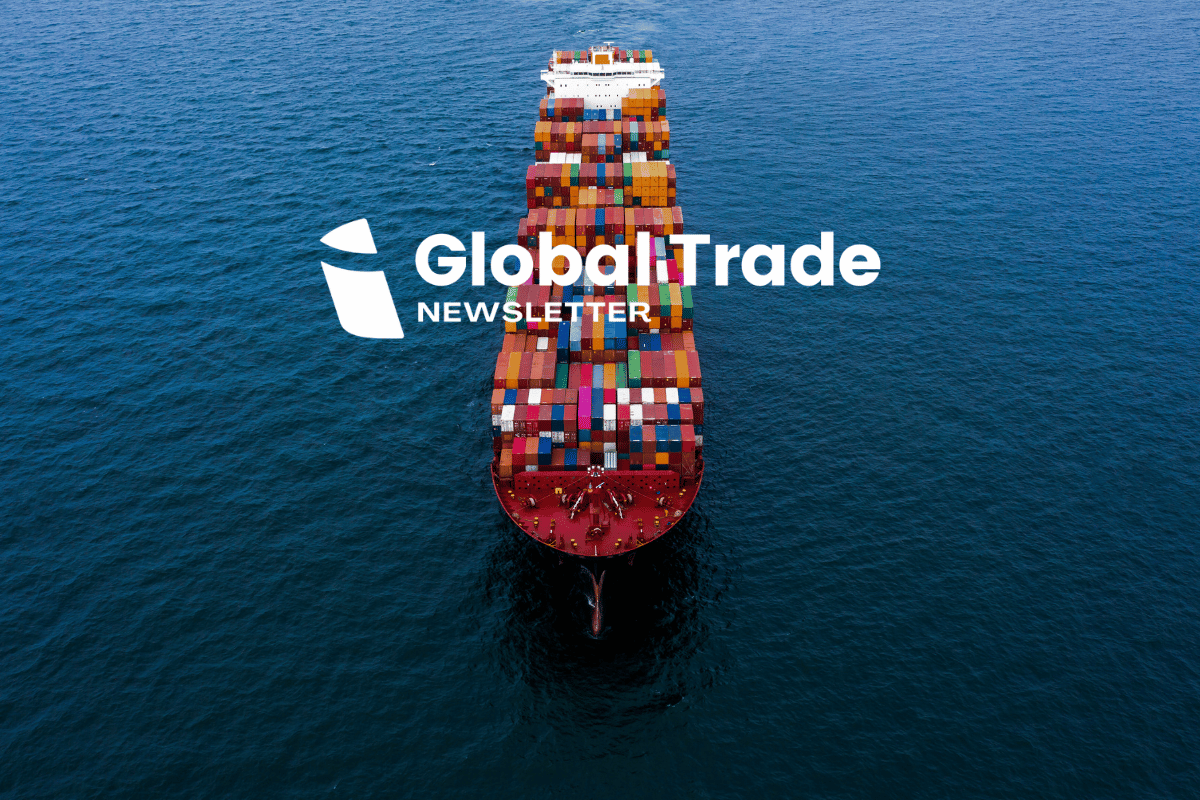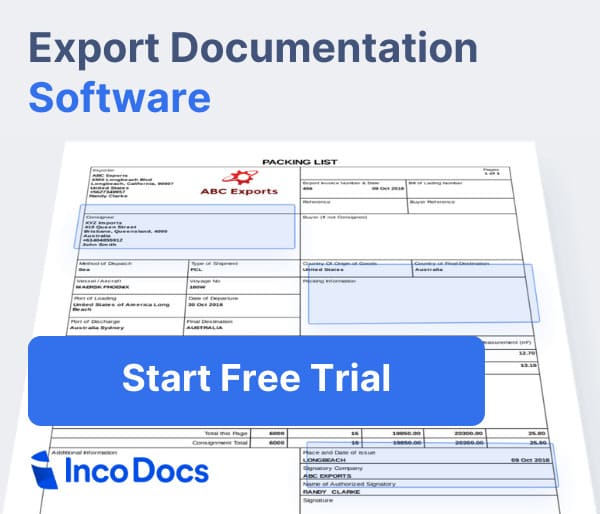Boom & Bust Times For Shipping Lines
After a pandemic-induced profit surge, the global container shipping industry, which is responsible for transporting 80% of the world’s merchandise, faces a stark reversal of fortunes. Here’s a deeper look at the numbers underpinning this dramatic shift:
From Unprecedented Profits to Looming Losses:
-
The industry enjoyed a windfall with a combined net income of $364 billion in 2021 and 2022. This boom was fueled by a pandemic-driven spike in global shipping demand.
-
However, current forecasts paint a different picture. Industry giants like A.P. Moller-Maersk predict a significant downturn in their financial health. Maersk, for instance, anticipates an 80% reduction in free cash flow this year, with the risk of turning negative by 2024.
Supply Glut Following Demand Surge:
-
During the pandemic, freight rates soared due to a sharp increase in demand and a shortage of shipping capacity. Rates on some major routes increased by several hundred percent.
-
Presently, the industry faces an oversupply problem. As new, larger ships enter service, there’s a decrease in freight rates. The Shanghai Containerized Freight Index, a barometer for shipping rates, has reported a significant drop in average rates year-over-year.
Financial Pressures and Industry Response:
-
In response to these challenges, shipping companies are implementing cost-cutting measures, including reducing operational capacity. Some have cancelled voyages or suspended services on less profitable routes.
-
The Bloomberg Intelligence report highlighted that larger companies are focusing on cost-cutting rather than aggressive capacity reductions.
Investment Requirements for Decarbonization:
-
The industry is also grappling with the need for substantial investments in cleaner technologies. The estimated cost for the industry’s shift to decarbonization is around $1 trillion in the coming decades.
Diversification as a Strategy:
-
To mitigate market volatility, companies like CMA CGM are diversifying their business models. They’re investing in sectors like airlines, logistics, and media, using the profits from the pandemic period to stabilize their operations in the face of current challenges.
The statistics and developments in the container shipping industry reflect a sector at a crucial crossroads. After riding the wave of high demand and profits, companies are now adjusting strategies to navigate a new reality marked by oversupply, looming financial pressures, and the urgent need for sustainable transformation.




